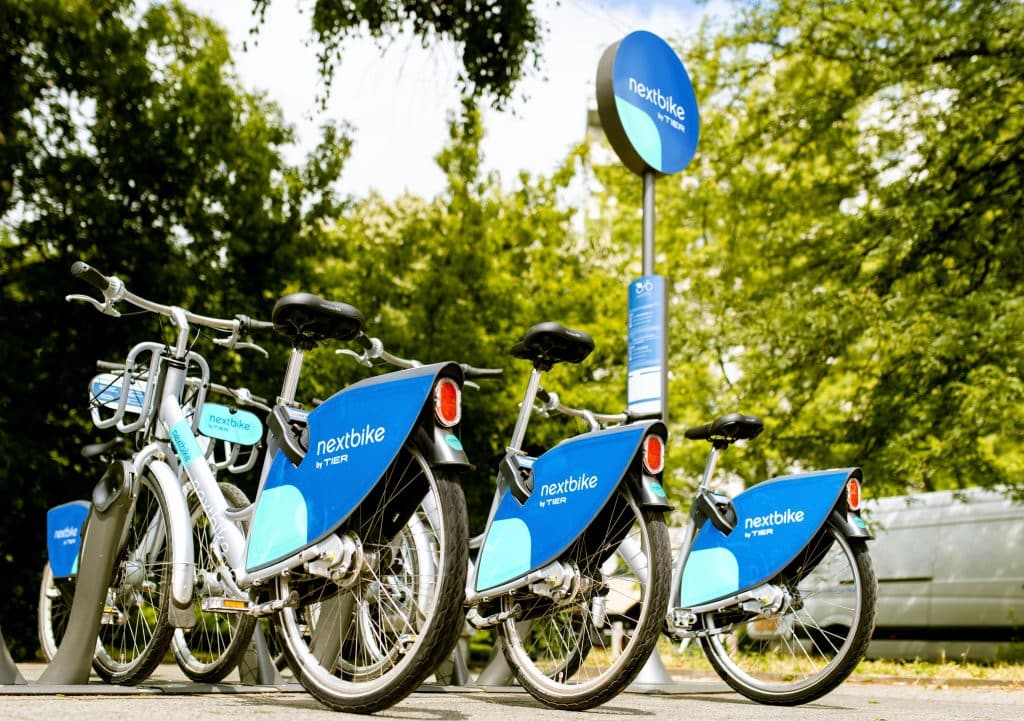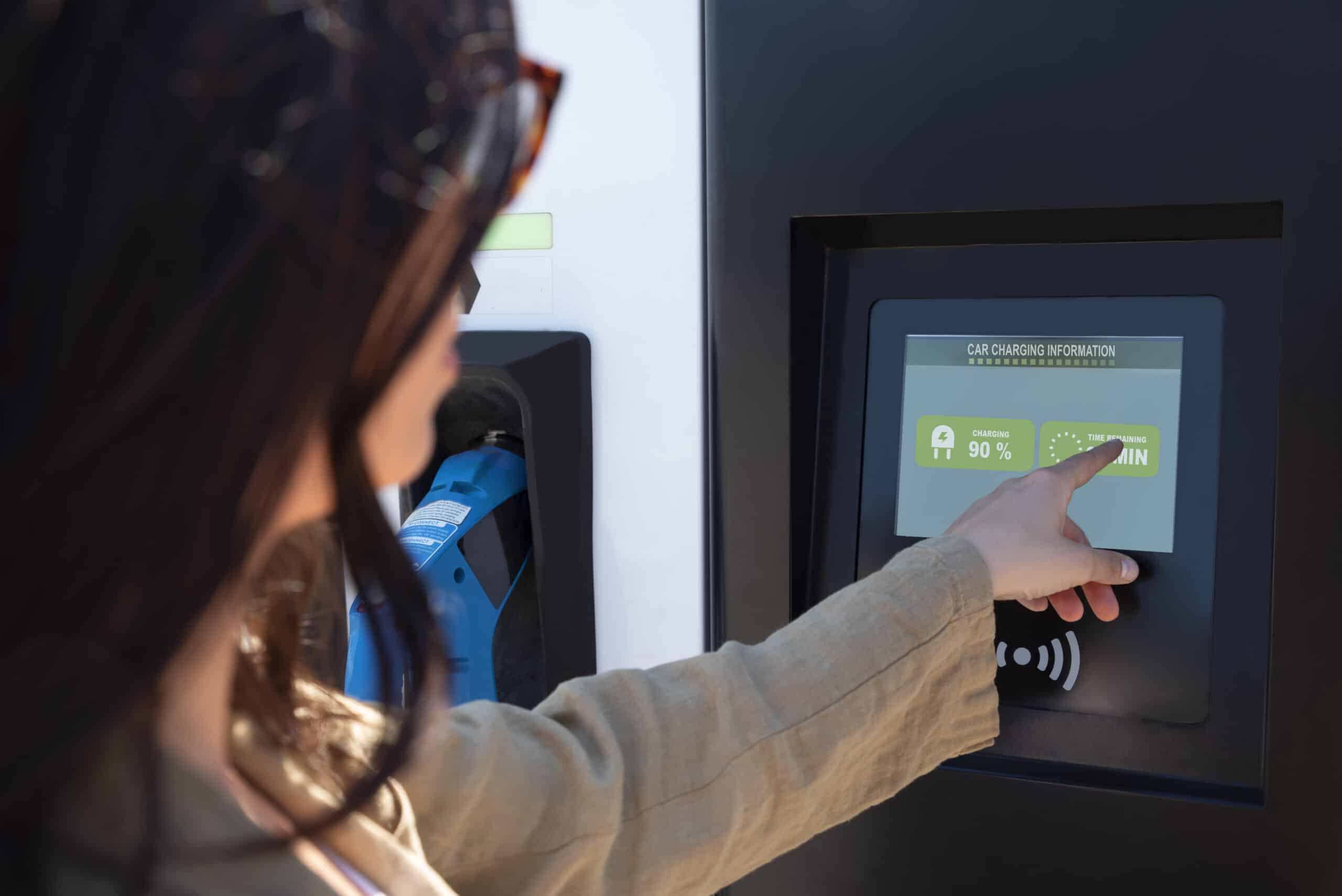Biometric Verification in Ride-Sharing Platforms

Biometric verification has emerged as a powerful tool for enhancing safety, security, and user experience in various industries, with ride-sharing platforms being no exception. By leveraging advanced biometric technologies, ride-sharing platforms can significantly improve their identity verification processes and foster a secure, trustworthy environment for both drivers and passengers. In this in-depth guide, we will explore the role of biometric verification, its benefits, key technologies, and best practices for implementation. Let’s delve into the fascinating world of biometrics and its transformative impact on the ride-sharing industry!
The Importance of Biometric Verification in Ride-Sharing Platforms
Biometric verification offers numerous benefits to enhanced safety, security, and overall user experience.
Enhanced Safety and Security
The primary advantage of biometric verification is its ability to provide a more secure environment for both drivers and passengers. By verifying the identity of users based on unique biological traits, biometric verification helps mitigate the risk of fraud, impersonation, and other malicious activities. This ensures a safer experience for all users on the platform.
Streamlined Onboarding Process
Biometric verification can also streamline the onboarding process for drivers and passengers alike. By allowing users to quickly and accurately verify their identities using biometric data, ride-sharing platforms can reduce friction during registration and promote a seamless user experience.
Regulatory Compliance
As regulatory requirements become more stringent, ride-sharing platforms must implement robust identity verification processes to ensure compliance with various Know Your Customer (KYC) and Anti-Money Laundering (AML) regulations. Biometric verification offers an effective solution for meeting these compliance standards, minimizing the risk of potential legal issues and penalties.
Key Biometric Technologies for Ride-Sharing Platforms
Various biometric technologies can be utilized in ride-sharing platforms, each offering unique benefits and capabilities. Let’s explore some of the most common biometric technologies leveraged in the ride-sharing industry.
Facial Recognition
Facial recognition technology enables the identification of individuals based on the unique characteristics of their faces. By comparing a user’s facial features against a stored template, facial recognition systems can quickly and accurately verify identities. This technology is particularly useful in the ride-sharing sector, as it can be easily integrated with existing smartphone cameras, providing a convenient, user-friendly verification method.
Fingerprint Scanning
Fingerprint scanning technology identifies users based on the unique patterns of their fingerprints. This biometric method is widely used in various industries, including ride-sharing platforms, due to its high level of accuracy and security. By integrating fingerprint scanners into their systems, ride-sharing services can enhance the reliability of their identity verification processes.
Iris and Retina Scanning
Iris and retina scanning technologies identify individuals based on the unique patterns found within their eyes. These biometric methods offer a high level of accuracy and security, making them an attractive option for ride-sharing platforms seeking to implement advanced identity verification solutions. However, these technologies may be more challenging to integrate, as they typically require specialized scanning hardware.
Implementing Biometric Verification in Ride-Sharing Platforms
Successfully implementing biometric verification in ride-sharing platforms involves several critical steps, ensuring the seamless integration and effectiveness of these technologies.
Select the Right Biometric Technology
The first step in implementing biometric verification is selecting the appropriate technology based on the platform’s unique requirements and capabilities. Ride-sharing services should carefully evaluate the advantages and limitations of various biometric technologies, considering factors such as accuracy, security, user-friendliness, and ease of integration.
Develop a Robust Identity Verification Framework
In addition to selecting the right biometric technology, ride-sharing platforms must develop a robust identity verification framework that incorporates biometric verification as a core component. This involves establishing clear policies and procedures for biometric data collection, storage, and processing, ensuring that the platform’s verification process remains secure and effective.
Integrate Biometric Technology Seamlessly
To ensure a seamless user experience, ride-sharing platforms must integrate biometric verification technology into their existing systems and user interfaces smoothly. This process requires careful planning, thorough testing, and ongoing optimization to guarantee that the biometric component functions effectively within the overall identity verification process.
Prioritize Data Privacy and Security
As biometric data is highly sensitive, ride-sharing platforms must prioritize data privacy and security when implementing biometric verification solutions. This includes adhering to relevant data protection regulations, such as the General Data Protection Regulation (GDPR), as well as implementing encryption measures, secure storage practices, and strict access controls to safeguard user data.
Real-World Applications of Biometric Verification in Ride-Sharing Platforms
Numerous ride-sharing platforms have successfully adopted biometric verification technologies, reaping the benefits of enhanced security, safety, and user experience. Let’s explore some real-world examples of biometric verification in action within the ride-sharing sector.
Driver Identity Verification
Platforms like Uber and Lyft utilize biometric verification technologies, such as facial recognition, to confirm the identity of their drivers. By implementing these solutions, ride-sharing services can ensure that only authorized and qualified drivers have access to the platform, enhancing overall safety and security for passengers.
Passenger Identity Verification
While less common, some ride-sharing platforms also leverage biometric verification for passenger identity verification. This process provides an additional layer of security for both drivers and passengers, minimizing the risk of fraud, impersonation, or other malicious activities within the platform.
Vehicle Access Control
Biometric verification can also be utilized to control access to shared vehicles within car-sharing platforms. By incorporating biometric technologies such as fingerprint scanning or facial recognition, car-sharing services can provide a secure and convenient method for users to access their reserved vehicles.
The Future of Biometric Verification in Ride-Sharing Platforms
As biometric technologies continue to advance and evolve, the future of biometric verification in ride-sharing platforms looks promising. Emerging trends and innovations promise to further enhance the capabilities and effectiveness of biometric solutions in the ride-sharing industry.
Multimodal Biometric Verification
The adoption of multimodal biometric verification, which combines multiple biometric technologies, is expected to gain traction in the ride-sharing sector. This approach offers improved accuracy and security by cross-referencing multiple biometric traits, providing an even more robust identity verification solution.
Mobile Biometrics
As smartphone technology advances, mobile biometrics are set to play an increasingly important role. By leveraging built-in biometric sensors and sophisticated software, ride-sharing services can provide a more seamless, user-friendly identity verification process.
Biometric Data Analytics
Advancements in data analytics and artificial intelligence (AI) may also contribute to the evolution of biometric verification. By analyzing biometric data in real-time, ride-sharing services can gain valuable insights into user behavior and preferences, further enhancing security and personalization.
Conclusion
In conclusion, biometric verification holds immense potential for enhancing safety, security, and user experience. By adopting advanced biometric technologies and best practices, ride-sharing services can establish a secure, trustworthy environment that benefits both drivers and passengers alike. As the landscape of biometric technology continues to evolve, ride-sharing platforms must stay abreast of the latest trends and innovations to maintain their competitive edge and provide the best possible experience for their users. By embracing biometric verification and its transformative potential, can thrive in an increasingly demanding market and play a critical role in shaping the future of urban transportation.



